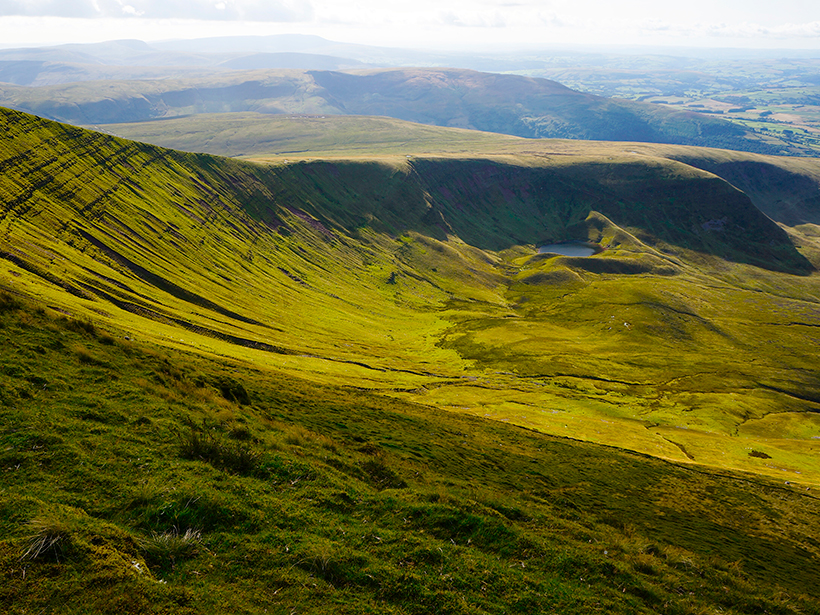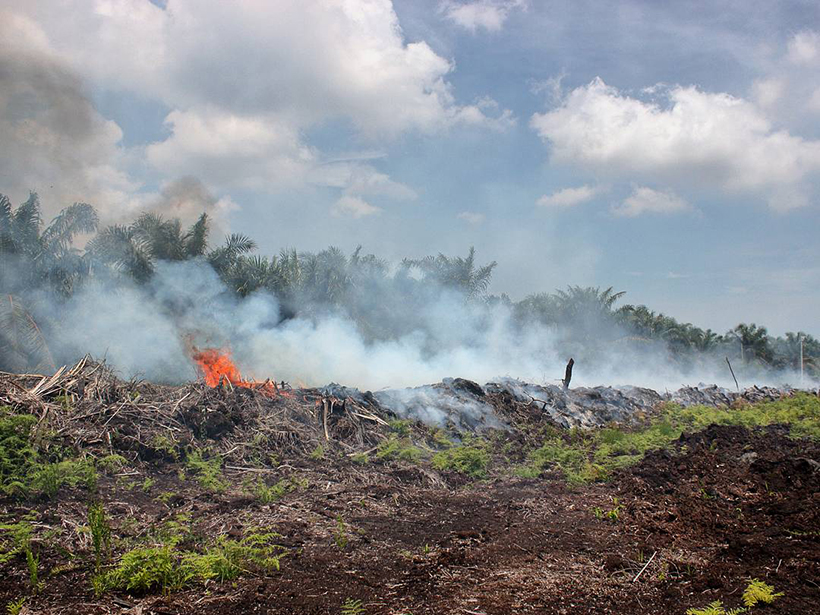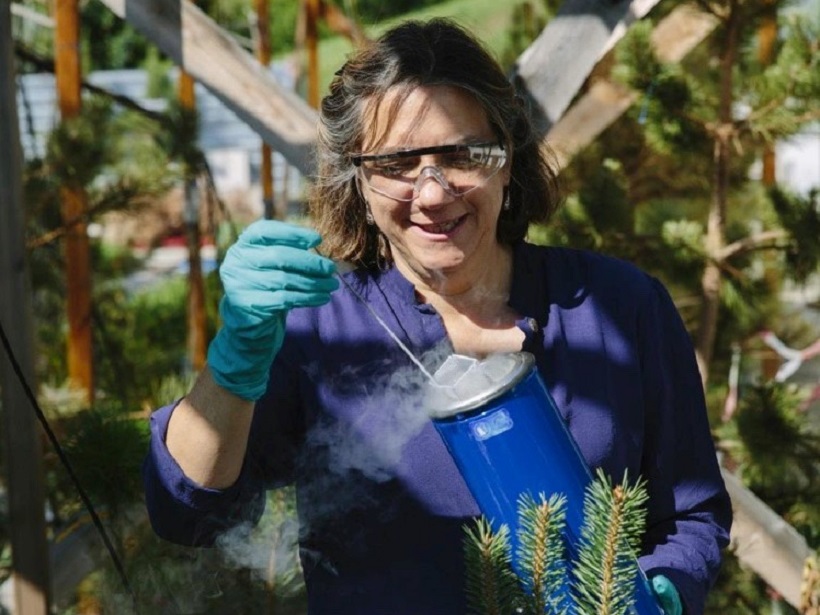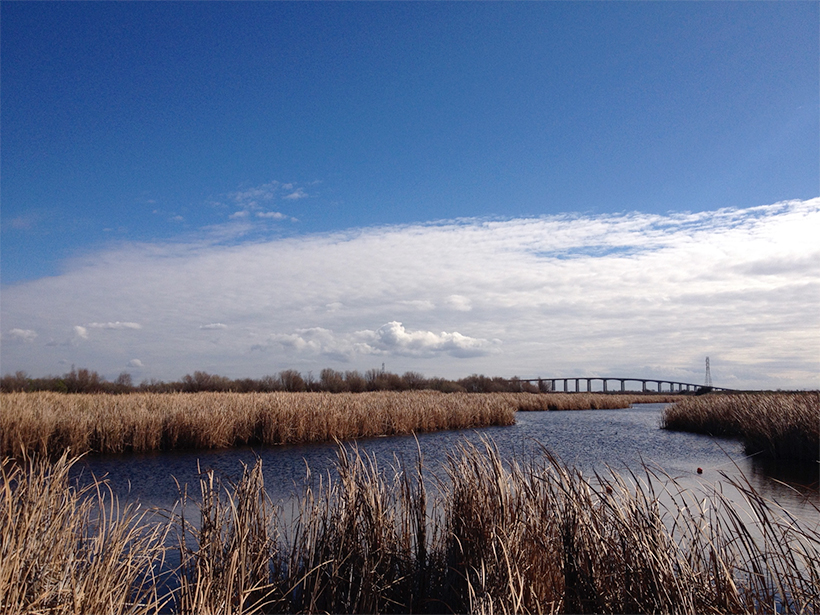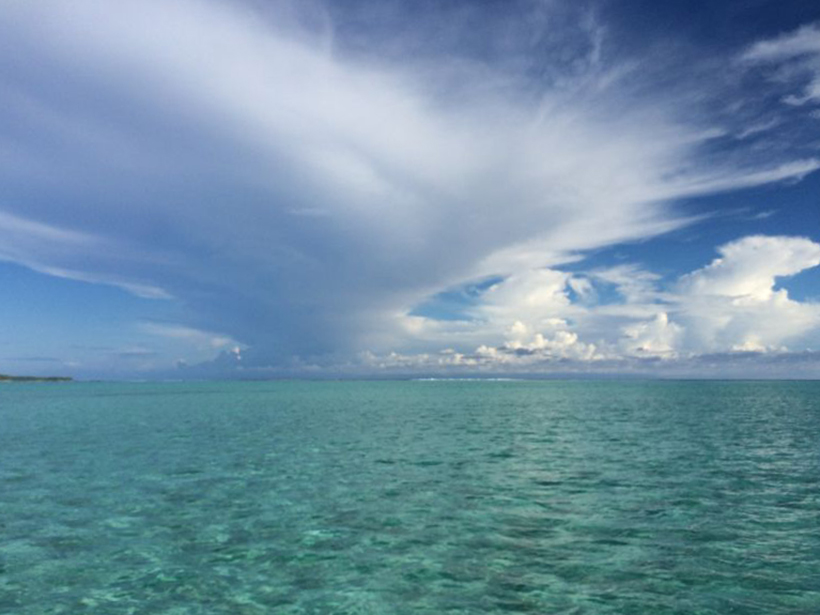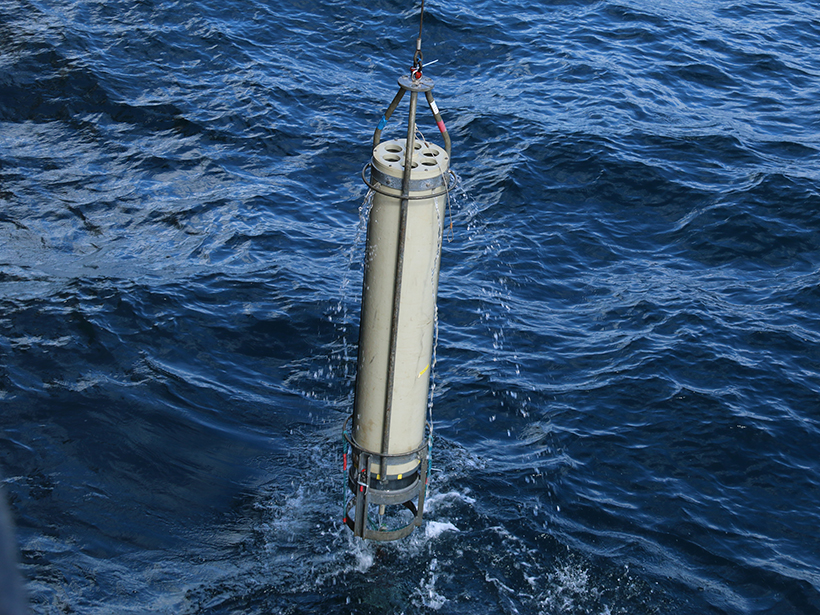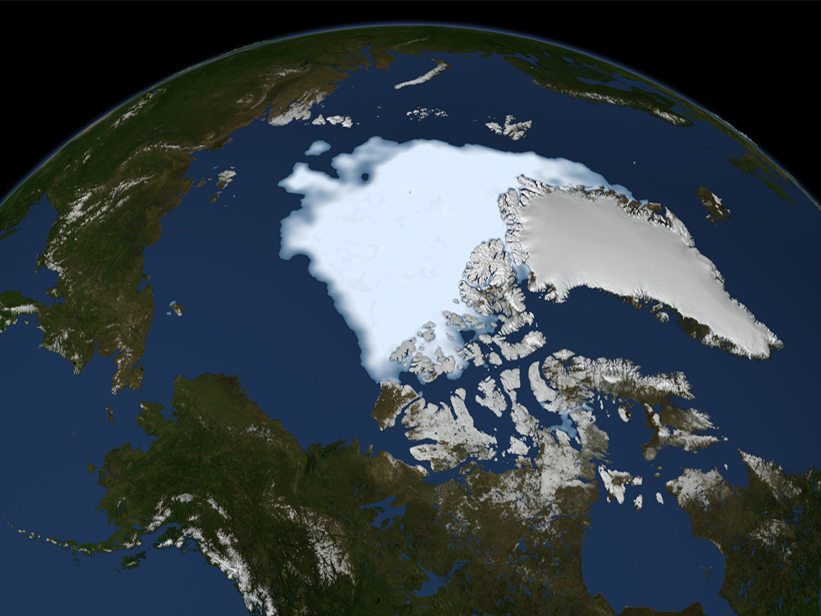Phaeodarians play a major role in marine nutrient cycle.
Global Biogeochemical Cycles
Upper Estuaries Found to Be Significant Blue Carbon Sink
Inland from the seagrass and salt marsh ecosystems that border the ocean, upper estuaries store more carbon than previously realized and could play an important role in mitigating climate change.
Major Uncertainty in Estimates of Carbon Trapped in Soil
A new study reveals discrepancies between global databases and field measurements.
Measuring Emissions from Smoldering Peat Fires
A new study measures emission factors for tropical peatland fires in Malaysia.
Accounting for the Missing Silica in the Marine Sediment Cycle
Cosmogenic silicon-based estimates of the amount of biogenic silica stored in clays along continental margins could explain the large discrepancy in the nutrient’s global marine budget.
Thirty Years of GBC in a Changing World
The outgoing Editor in Chief of Global Biogeochemical Cycles reflects on how research topics published in the journal have adapted and developed since its launch three decades ago.
A New Model Yields a Better Picture of Methane Fluxes
Scientists update an old model with recent findings, allowing for a more accurate understanding of methane dynamics in wetlands.
Oceans May Produce Twice as Much Organic Matter as Usually Measured
Researchers study how oceans respire carbon, reexamining a critical part of the global carbon cycle.
New Evidence Challenges Prevailing Views on Marine Carbon Flux
Small, slow-sinking organic particles may play a bigger role than previously thought in the transport of carbon below the surface ocean.
New Baseline for Understanding Arctic Oxygen and Nutrient Fluxes
Significant spatial and temporal patterns emerge from the first pan-Arctic comparison of oxygen demand in marine sediments.



